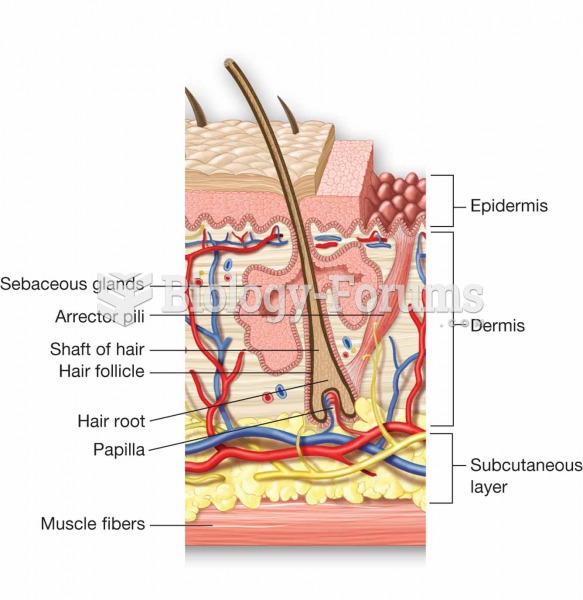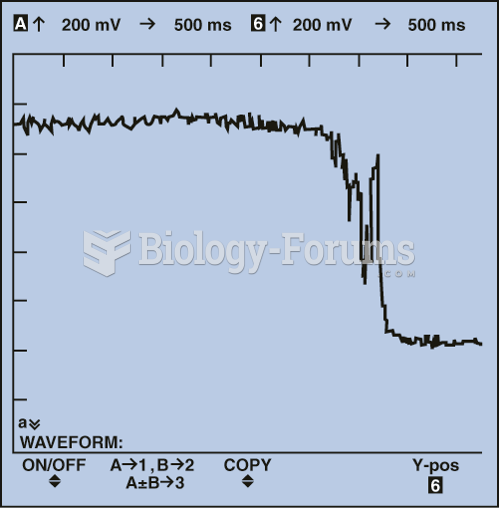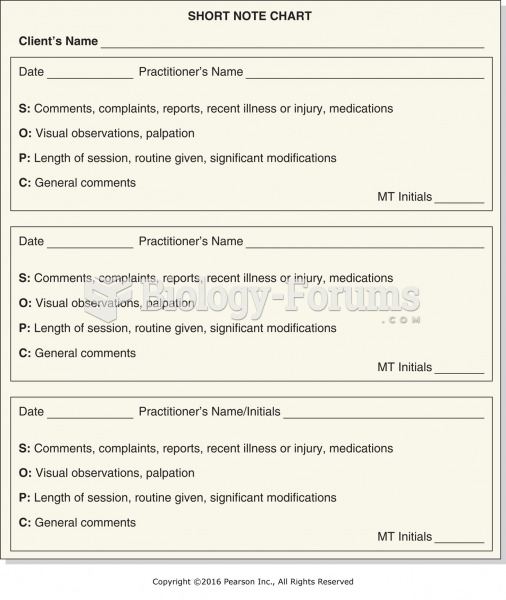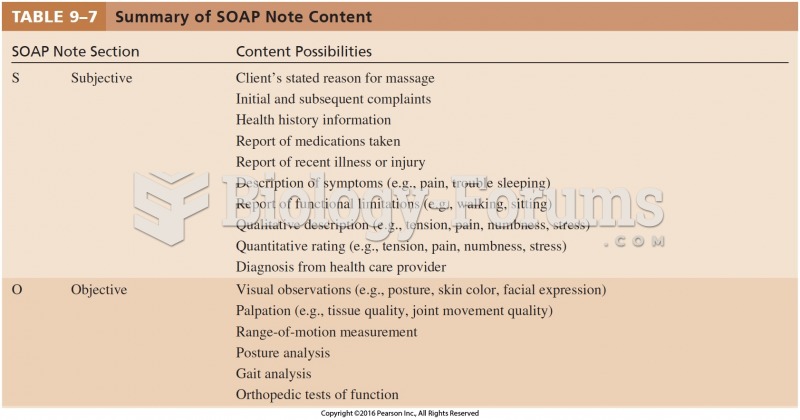Answer to Question 1
Edema and bleeding in a traumatic brain injury are caused by the mechanical thrashing of the brain inside the enclosed skull. This can cause tissue damage and excessive bleeding. The tissue damage causes the inflammatory response to be activated. In other words, inflammation begins with the onset of cellular injury. Blood vessels dilate with increased blood flow to the area, resulting in redness, swelling, pain, heat, and an altered function. This is meant to supply additional oxygen and nutrients but also causes increased vascular permeability that allows proteins and immune cells to pass from blood to tissue spaces. Even though this is a natural response of the body to injury, it becomes a problem in an enclosed space like the skull. Intracranial pressure can build and lead to cell death by a decrease in blood flow, leading to destruction of nerves and decreased functioning of the brain.
The frontal lobe is the area of the brain concerned with memory, intellect, and personality. Any trauma to the brain tissue causes loss of function to that specific area. Mr. Walker may experience loss in cognitive function or changes in personality. General fatigue, headaches, and memory loss are common. Because Mr. Walker did not lose consciousness for an extended period of time and the overall injury was only moderately severe, he probably has a good chance of full recovery.
Answer to Question 2
Traumatic brain injuries can be categorized as either penetrating brain injuries or closed head injuries. A penetrating brain injury involves puncturing of the skull and direct damage to brain tissue. The injury itself can be classified as either a primary or a secondary brain injury. Primary brain injury is the damage to the initial penetration of brain tissue or the mechanical thrashing of the brain inside of the skull, which can lead to lacerations or brain tissue death. Secondary injuries in both penetrating and closed head injuries are the physiological changes in the aftermath of the initial injury, including cerebral edema, hemorrhage, hematoma, and infection. It is the rise in intracranial pressure and impaired blood flow following TBI that can lead to additional CNS damage. Signs and symptoms can vary depending on the location and severity of brain injury. Mild TBI patients may or may not lose consciousness and may experience a headache, light-headedness, dizziness, blurred vision, fatigue, memory and concentration problems, and behavioral or mood changes. Moderate TBI patients may experience a worsening headache, seizures, slurred speech, dilated pupils, nausea, vomiting, confusion, agitation, and loss of consciousness.
The Glasgow coma scale evaluates and ranks the severity of TBI. Eye opening response, verbal response, and motor response are measured for a combined score between 3 and 15 . A severe head injury correlates with a score of 8 or less, a moderate head injury with a score of 9 to 12, and a mild head injury with a score of 13 to 15
Mr. Walker's initial GCS score was a 9 . He had a 2 eye opening response, a 3 verbal response, and a 4 motor response. This is consistent with his physical exam at that time because he had reactive pupils in response to painful stimuli (2 eye opening response). He exhibited no verbal responses and decreased awareness of surroundings, but would moan when touched for incomprehensive speech (2 verbal response). Finally, he would withdraw in response to pain (4 motor response).







